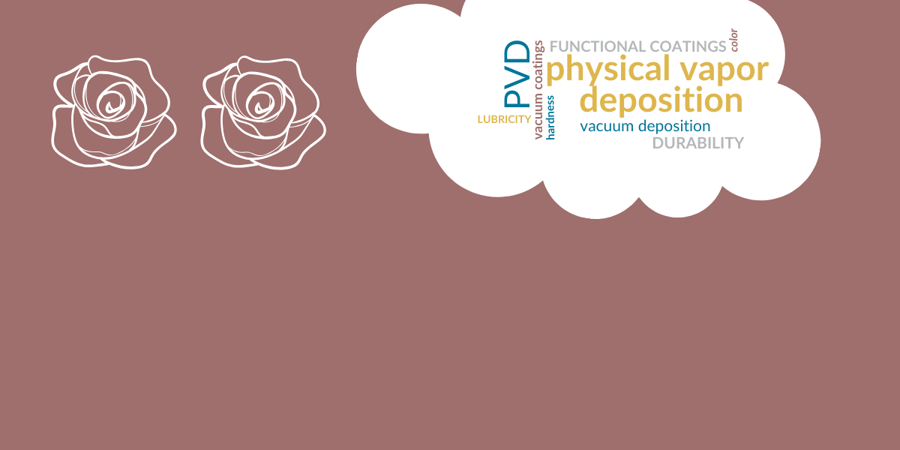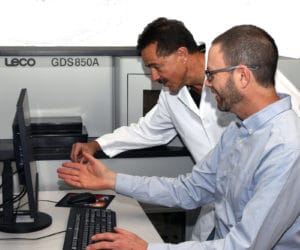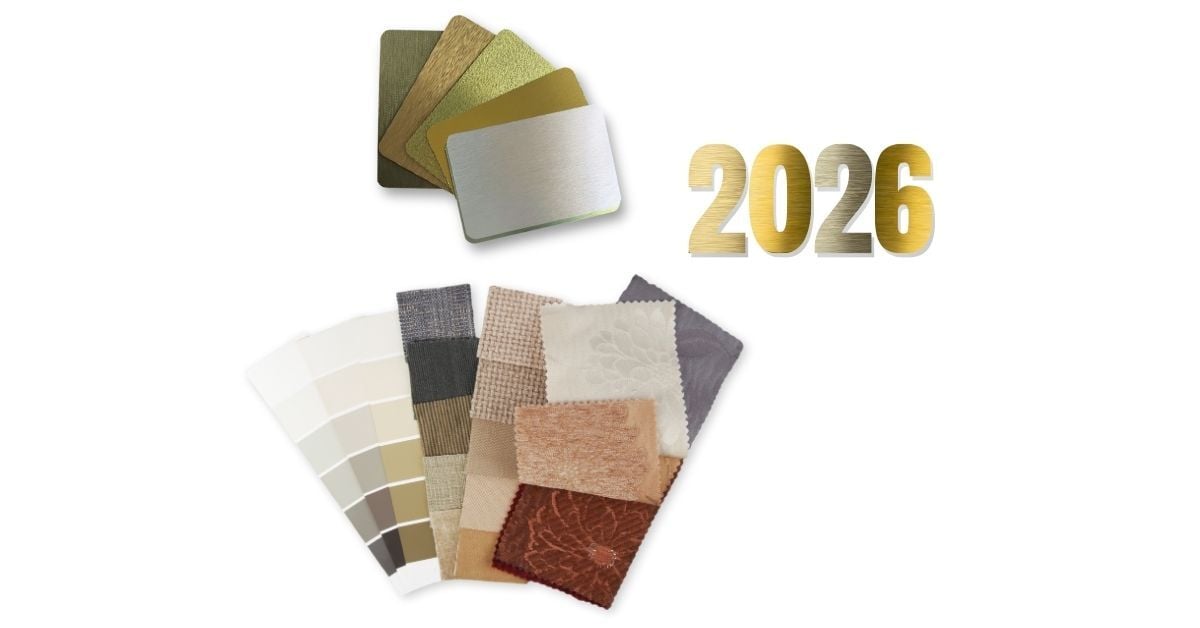How Our Labs Develop PVD Coatings for Customer Needs
- VaporTech® labs develop advanced PVD and PE-CVD coatings tailored to customer applications and performance needs.
- State-of-the-art equipment enables precise analysis of coating structure, composition, and durability.
- Coatings are tested for color, hardness, wear, and corrosion resistance to ensure optimal performance.
Why our labs rock at PVD coating development
Vapor Technologies, Inc. (VaporTech®) has built our reputation on the thin-film coatings we’ve developed for use in our Physical Vapor Deposition (PVD) and Plasma-Enhanced Chemical Vapor Deposition (PE-CVD) coating equipment. We know you come to us for superior vacuum coating solutions, so our R&D department and its PVD coating labs support you by solving even the toughest coating challenges. We give you optimized coatings for specific applications. This way, when your VaporTech equipment is installed, those recipes are built-in and ready to use. We do all this with the help of our trained, experienced scientists and two labs equipped with a large array of the most accurate tools available.
The PVD coating lab
Composition and structure
To create the best possible coating, we must understand the structure and composition of the films produced. That’s why our team is so excited about a new and powerful addition to our lab: a Glow Discharge Optical Emission Spectrometer (GD-OES) we use for elemental depth profiling (looking at coating composition layer by layer). The GD-OES enables our scientists to assess a coating’s makeup quickly. This instrument is set up for RF power delivery, allowing us to look at conductive and non-conductive coatings. We use a complementary tool, the glancing angle X-ray diffractometer (XRD), to perform crystallographic phase coating analysis.
Appearance (color, texture, and gloss)
When looking for durable color coatings, you need a lab that best matches existing finishes for product continuity and innovative new coatings that set you apart from your competition.
Did you know that our eyes’ interpretation of surfaces is highly subjective? That’s where our accurate instruments come in. We are fully equipped with portable and benchtop spectrophotometers for measuring color, optical, and stylus profilometry for advanced surface texture analysis. We also get data with our portable gloss meter. Using these results, we establish quality appearance standards to take the guesswork out of appearance judgment.
Mechanical testing
When your products demand advanced wear and tribological functions, we use various instruments to assess performance in extreme conditions. We use industry-accepted methods, follow American Society for Testing and Materials (ASTM) protocols, and use your coating-specific testing and criteria. We use nano hardness and microhardness testers to measure coating hardness and give you the required properties. Our tribometers (Pin-on-Disk and Universal Mechanical Tester) measure wear rates and coefficients of friction (COF) under various conditions (room temperature/heat, dry/lubricated) as well as evaluating abrasive wear using both linear and rotational Taber systems. We use the Micro-Scratch and Rockwell Adhesion tests to ensure coating adhesion and toughness meet your criteria.
Corrosion testing
Your products may experience extreme environments that can cause corrosion. To address this challenge, our laboratory has the largest salt fog chamber on the market, capable of running all the ASTM corrosion tests, an environmental oven for temperature/humidity cycling, and water immersion tanks. Our electrochemical cell runs polarization studies to determine corrosion rates and potentials. Your anti-corrosion end-use needs are unique, so we also set up customer-specified tests, as these are often more useful for verifying application-specific performance. If a standard test doesn’t quite fit an application, we enjoy the challenge of developing a unique test to create your superior PVD coating.
We hope you’ve enjoyed this glimpse of the VaporTech custom PVD coating lab’s expansive capabilities. Please contact us to learn about our coating optimization program.
Recent posts

What is PECVD? Use it to Create DLC coatings in Your Vapor Deposition System.
-1.jpg?width=900&name=Blog%20banners%20(1200%20x%20628%20px)-1.jpg)
Top 3 Reasons to Invest in the VT-3000i PVD Coating System






